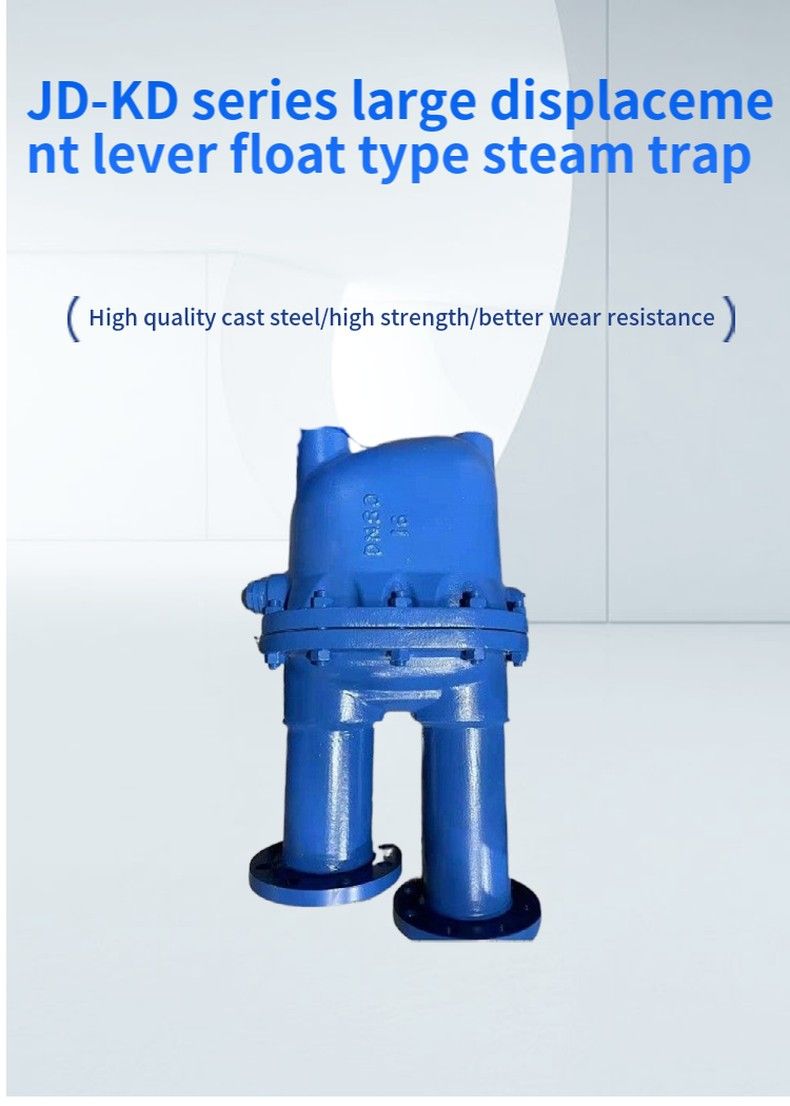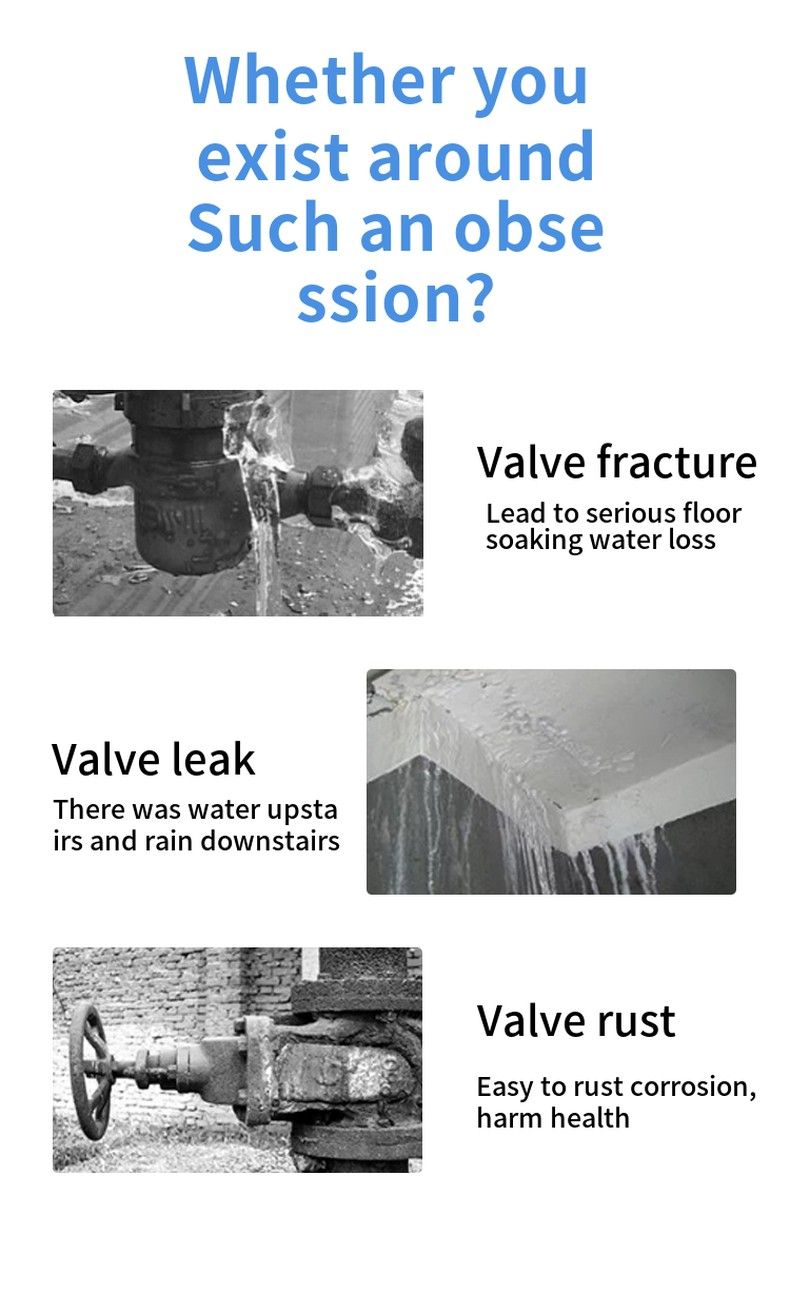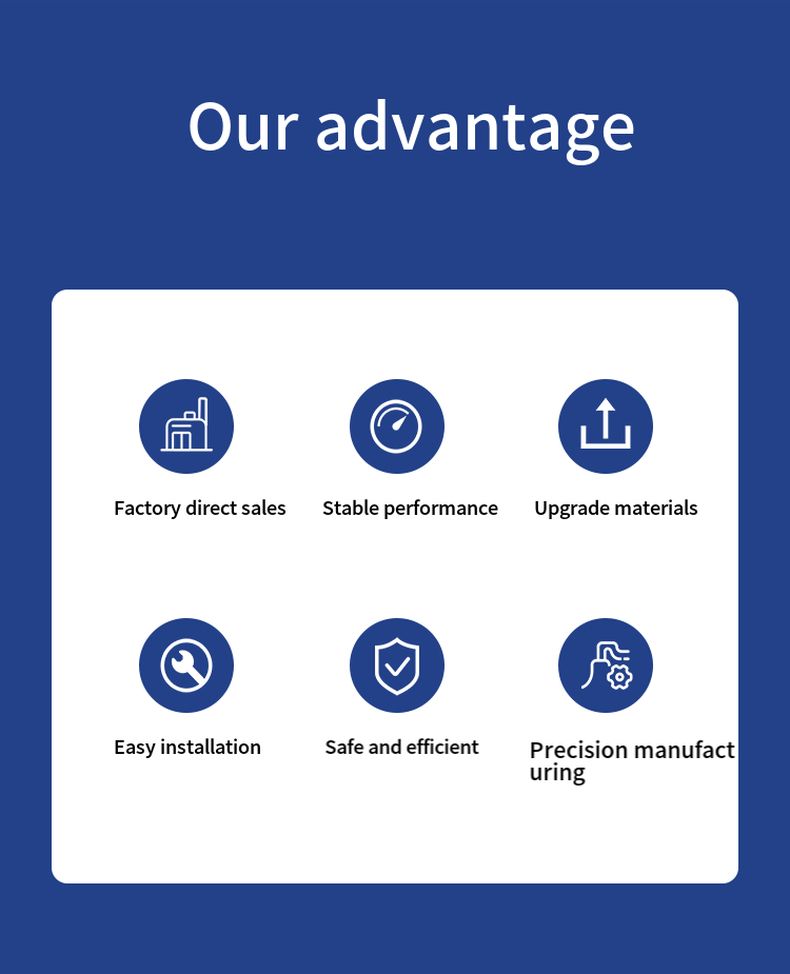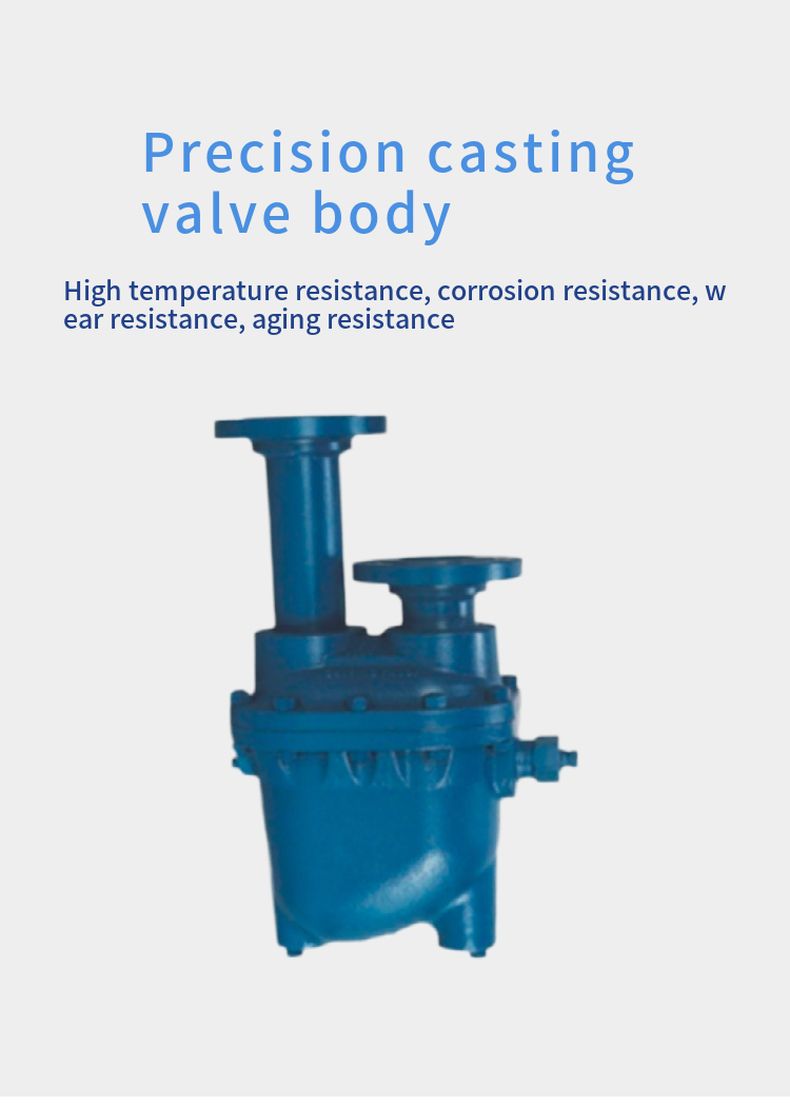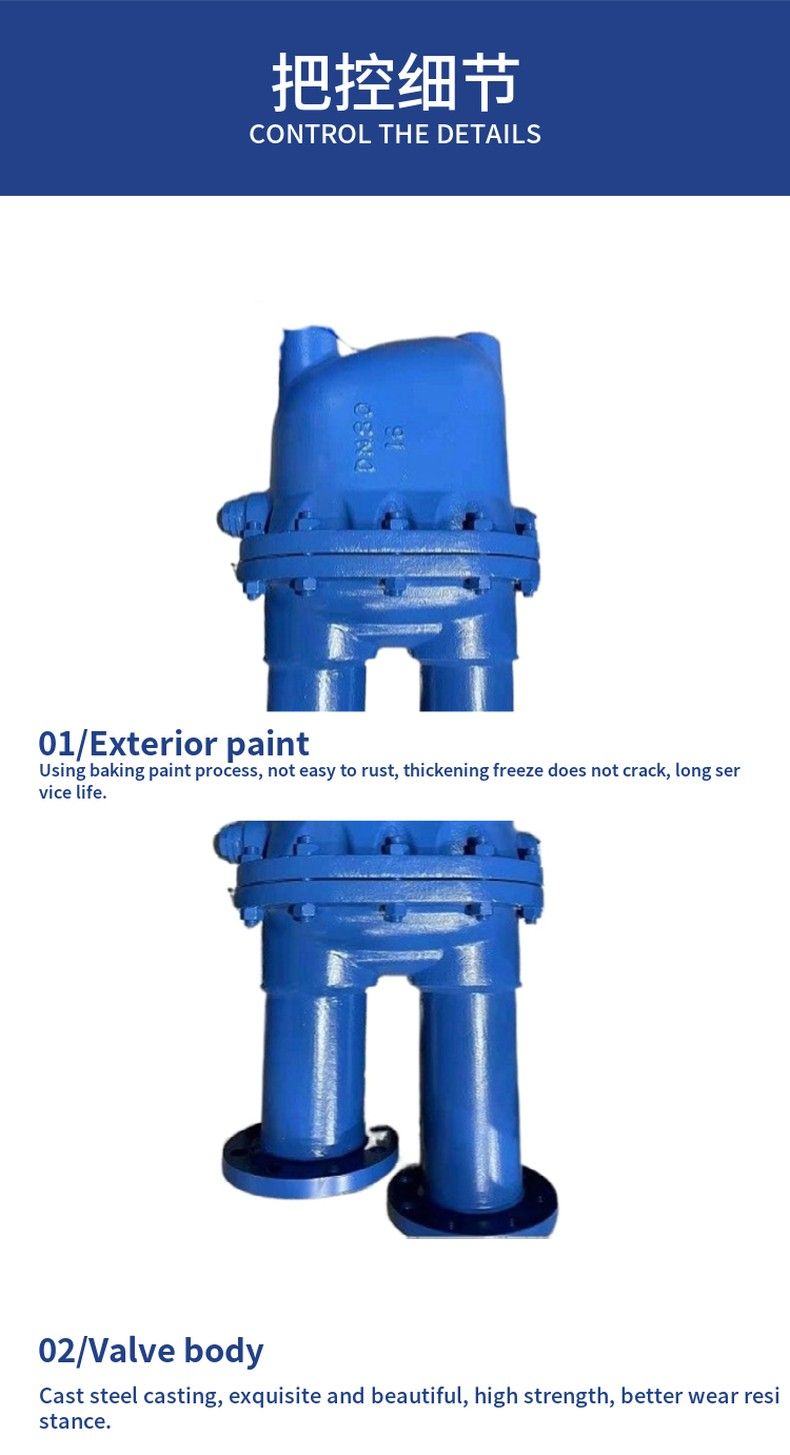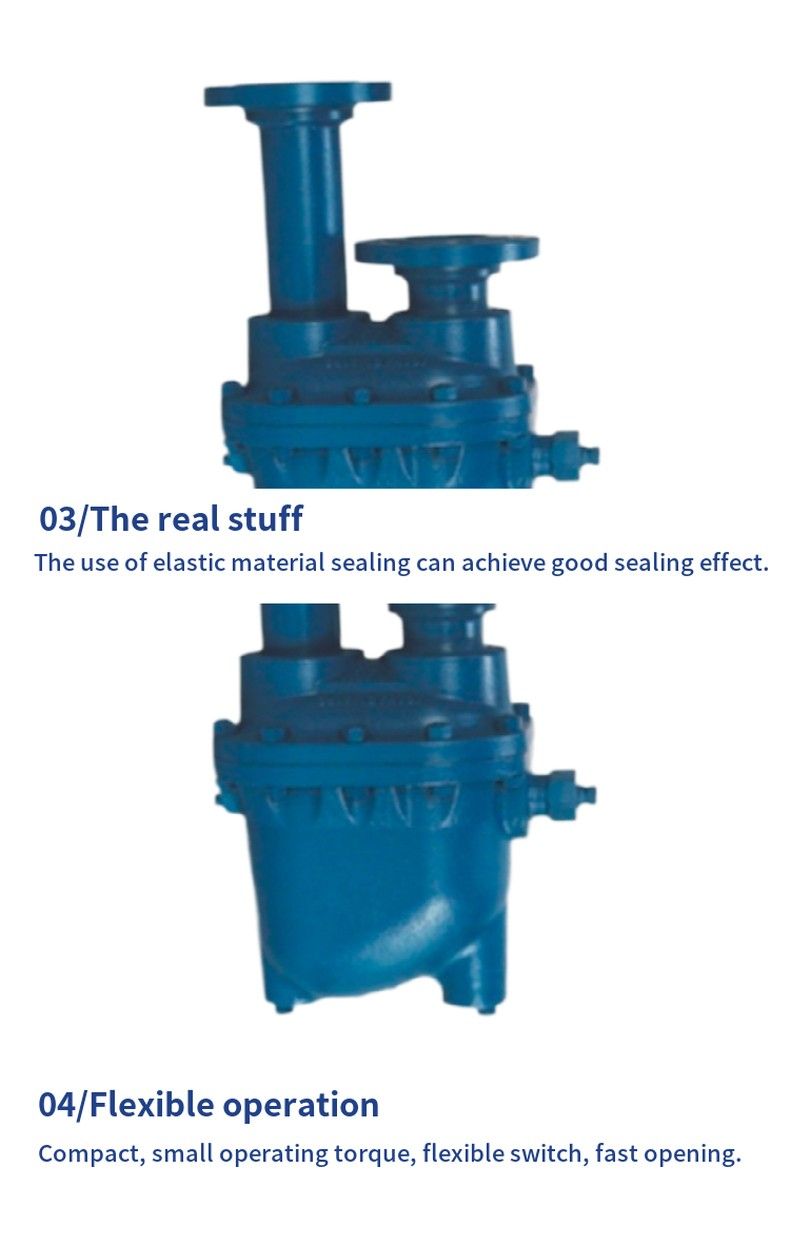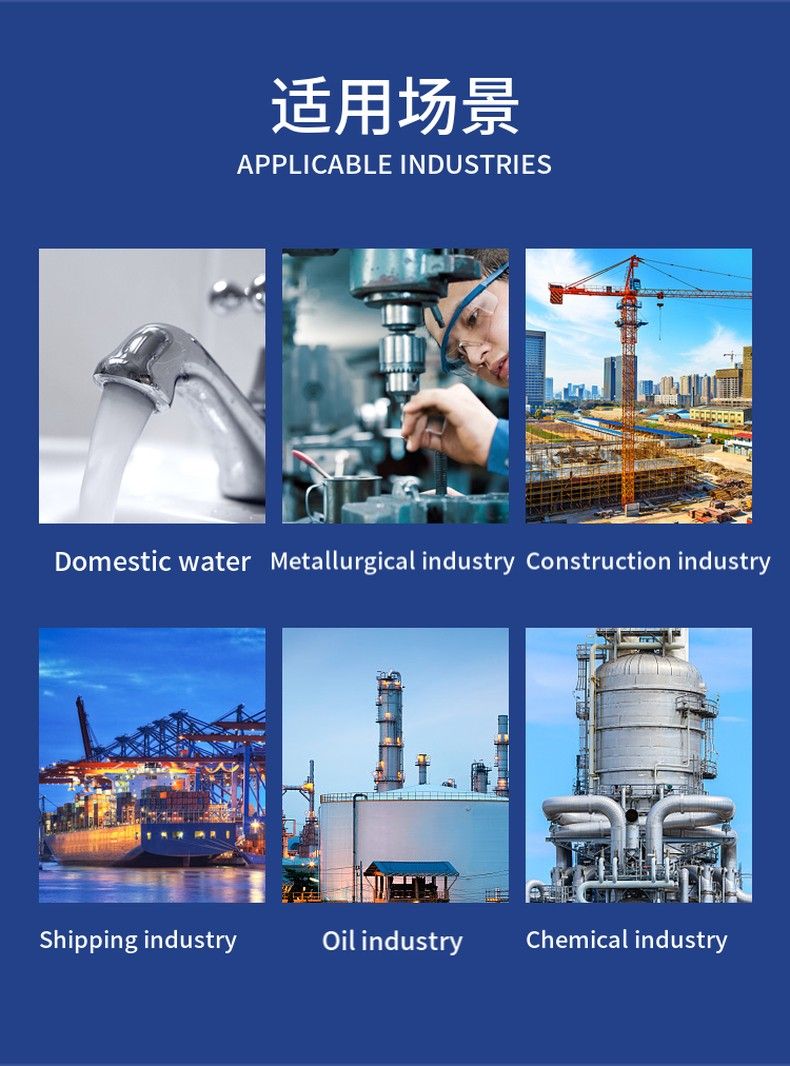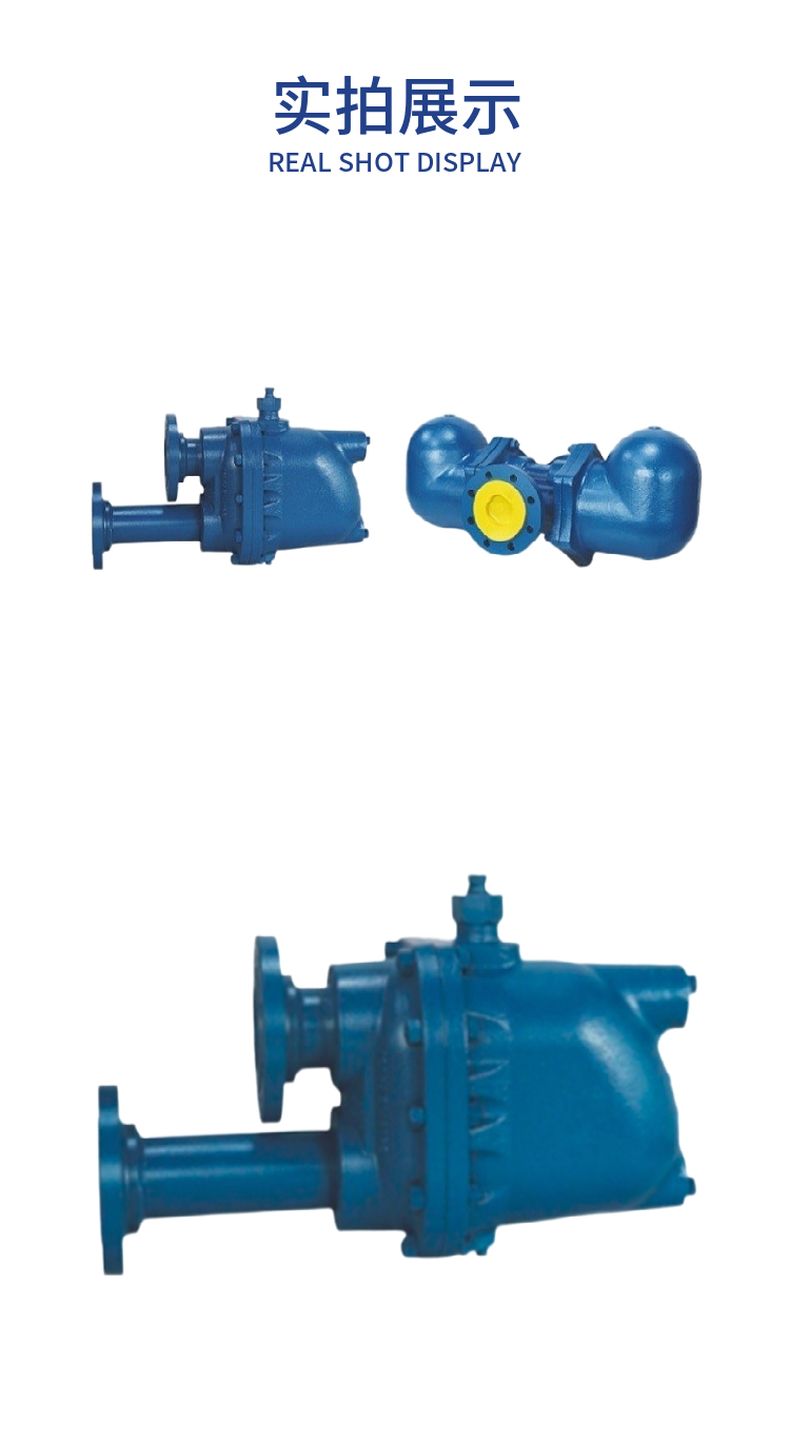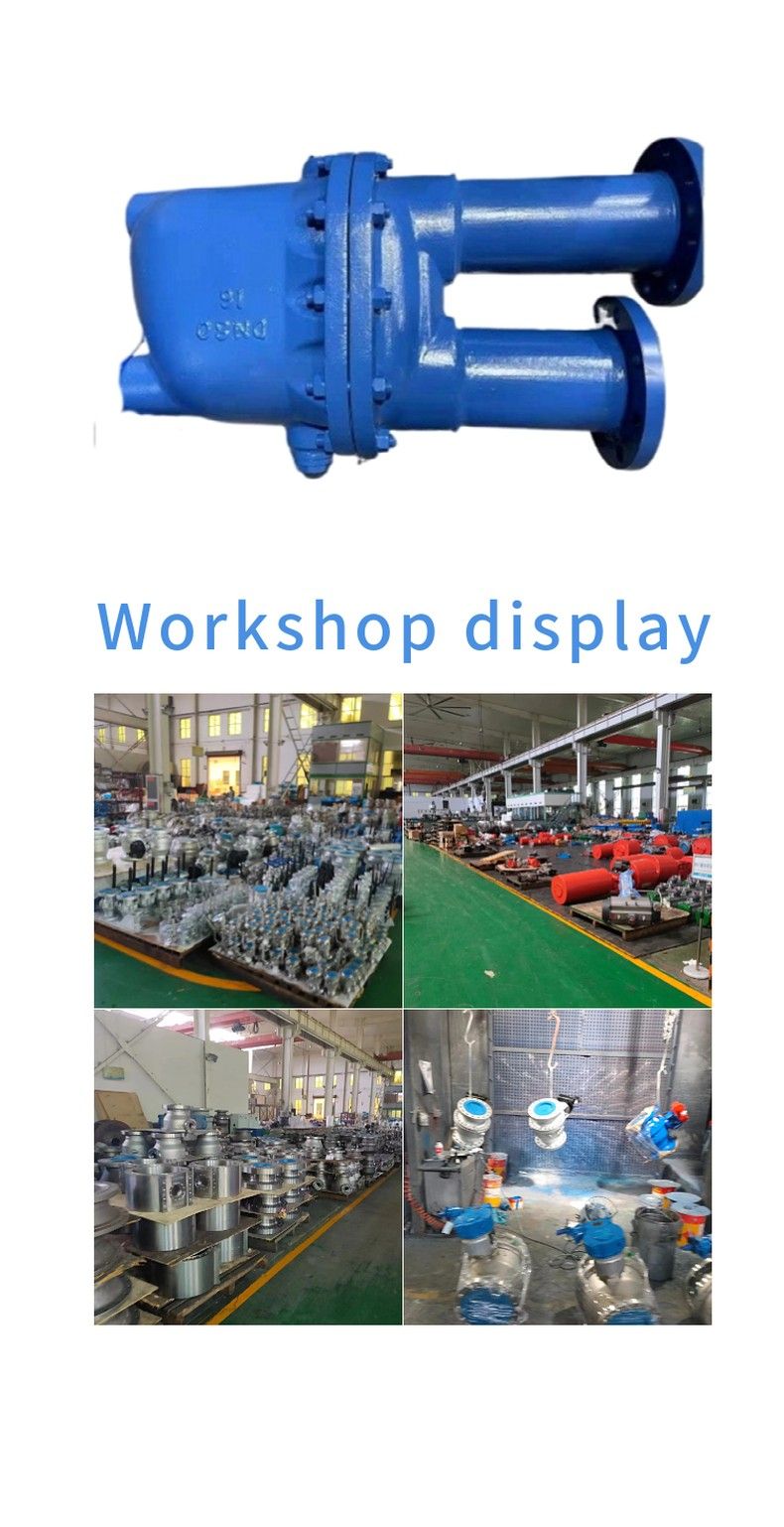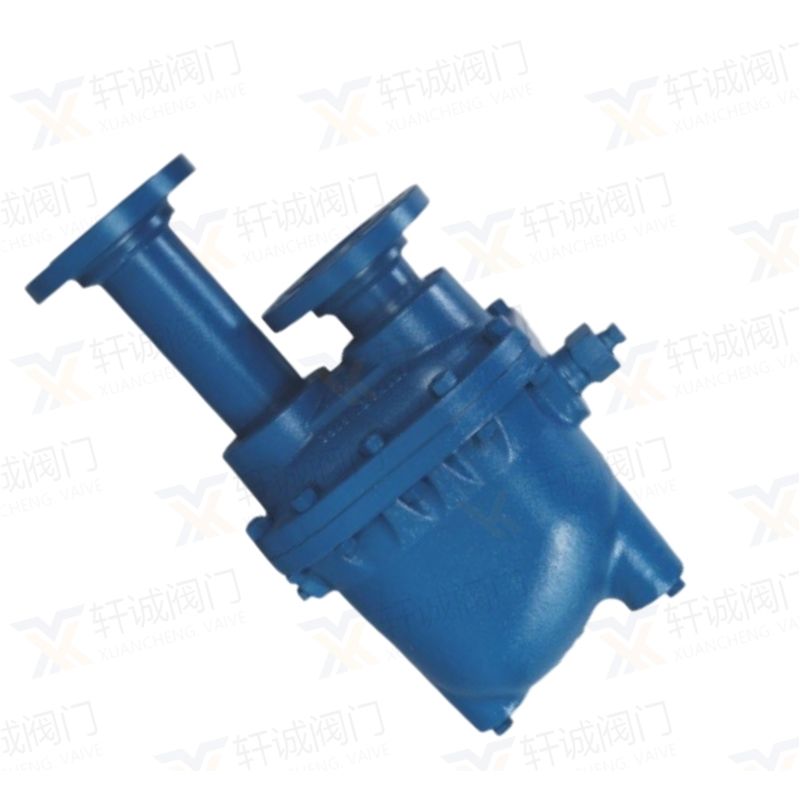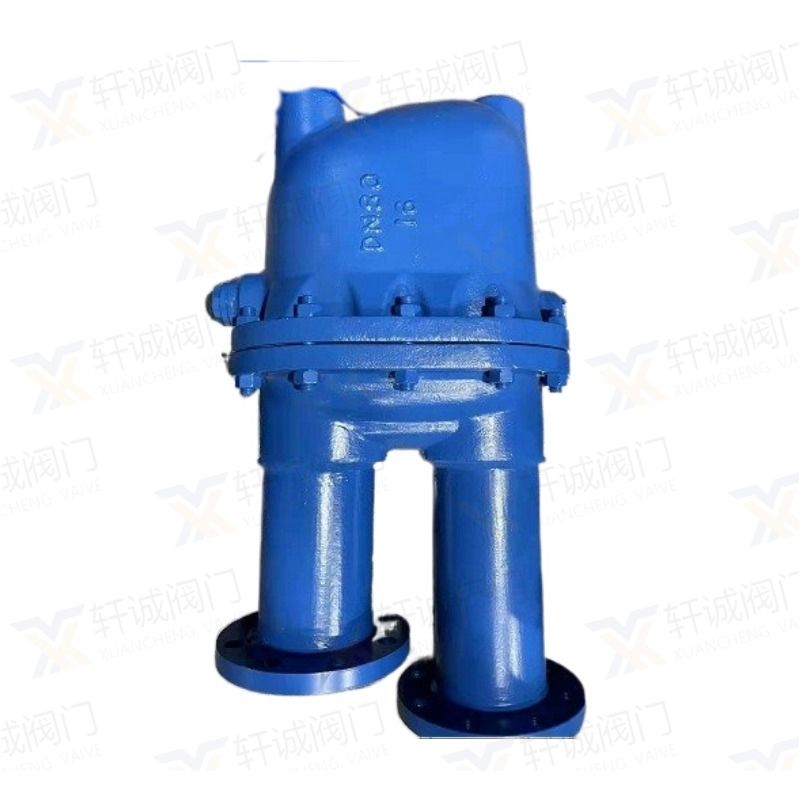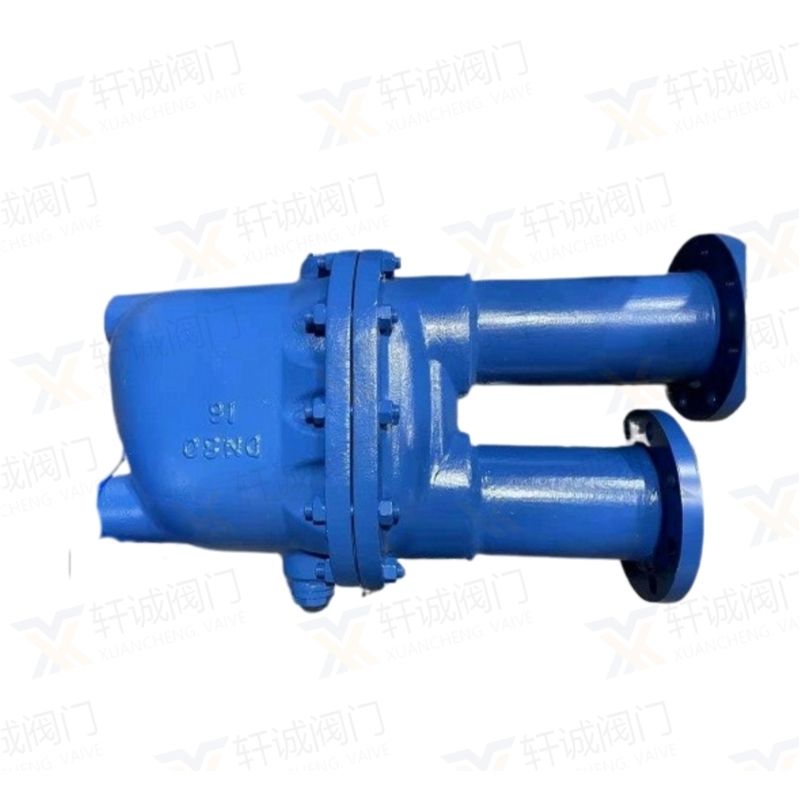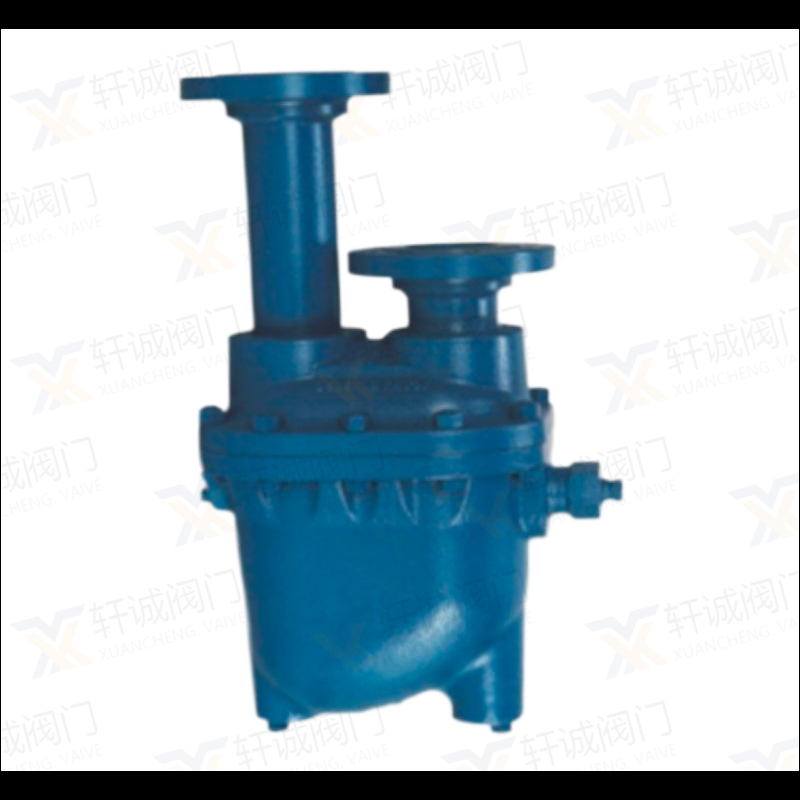intro
Steam trap in the steam heating system plays a role in preventing steam drainage, choose the right trap, can make the steam heating equipment to achieve the highest efficiency.
Steam trap in the steam heating system plays a role in preventing steam drainage, choose the right trap, can make the steam heating equipment to achieve the highest work efficiency. In order to achieve the best results, it is necessary to have a comprehensive understanding of the working performance and characteristics of various types of steam traps.
There are many varieties of traps, each with different performance. When choosing a trap, first of all, its characteristics should be selected to meet the best operation of the steam heating equipment, and then consider other objective conditions, so choose the trap you need is correct and effective.
The trap should be able to "identify" steam and condensate in order to prevent steam drainage. The "recognition" of steam and condensate is based on three principles: density difference, temperature difference, and phase change. Three types of traps are then manufactured according to these three principles, classified as mechanical, thermostatic, and thermodynamic [1].
Structural characteristics
The biggest advantage of the lever float type steam trap is that it is not affected by the fluctuation of pressure, temperature and condensate flow, continuous drainage, water is drained, the minimum undercooling degree is 0ºC, which can make the heating equipment achieve the best working efficiency; The valve seat of lever float type steam trap is always below the liquid level, forming a water seal and no steam leakage; Its minimum working pressure is 0.01Mpa, the maximum back pressure rate is less than 85%; Internal with exhaust device, lever float type steam trap adopts the most advanced diaphragm element as an automatic air vent valve, can automatically exclude non-condensing gas, very sensitive, high working quality, long service life. The trap is designed with balanced double seat structure, which can achieve small volume and large displacement, especially suitable for large heating equipment and heat exchange station equipment to block steam drainage, is the preferred steam trap for large heating equipment.
The valve uses double valve holes, so that the pressure of the valve core is relatively reduced when the valve is opened, so as to obtain a large displacement. When working, the float ball floats up and down with the change of liquid level in the valve chamber, driving the lever to open or close the valve seat. water sealBecause the valve seat hole is below the condensate water level, the is formed, and the water and steam are separated naturally to achieve no steam leakage.
Main categories
Depending on the working principle of the trap, the trap can be divided into the following types: [2]
Mechanical Type
Operation by relying on the change in the height of the condensate level in the lever float trap, including:
Float type: The float is a closed hollow sphere
Open upward float type: The float is a barrel type with an open upward drift
Open down float type: The float type is a bucket type with an opening down
Thermostatic type
Actions that depend on changes in liquid temperature include:
Bimetallic pieces: Sensitive originals are bimetallic pieces
Steam pressure type: The sensitive element is a bellows or ink cartridge, which is filled with volatile liquid
Thermodynamic type
Acting in response to changes in the thermodynamic properties of a liquid.
This type of valve should generally be installed horizontally in the pipeline.
Disc type: Because under the same pressure, the flow rate of liquid and gas is different, the different dynamic and static pressure is generated to drive the disc valve plate action
Pulse type: Because the condensate of different temperatures is connected through the two poles of the orifice plate, the different pressure between the two poles of the orifice plate drives the disc action.
Application characteristics
(1) Use:
Lever float trap, widely used in industrial steam heating equipment, all kinds of large heat exchangers and dryers, jacket POTS, etc., especially used in the workplace with large displacement of condensate water.
(2) Features:
This large displacement type steam trap, in the entire working pressure range without adjustment and replacement of the internal parts, can fully eliminate a large number of suspected knot water. The drainage supercooling degree can reach 0ºC, especially suitable for work occasions with large amount of suspected knot water.
Working principle
Steam trap in the steam heating system plays a role in preventing steam drainage, choose the right trap, can make the steam heating equipment to achieve the highest efficiency. In order to achieve the best results, it is necessary to have a comprehensive understanding of the working performance and characteristics of various types of steam traps.
There are many varieties of traps, each with different performance. When choosing a trap, first of all, its characteristics should be selected to meet the best operation of the steam heating equipment, and then consider other objective conditions, so choose the trap you need is correct and effective.
The trap should be able to "identify" steam and condensate in order to prevent steam drainage. The "recognition" of steam and condensate is based on three principles: density difference, temperature difference, and phase change. Three types of traps are then manufactured according to these three principles: classified as mechanical, thermostatic and thermodynamic.
Mechanical trap
Mechanical type, also known as float type, is to use the density difference between condensate and steam, through the change of condensate level, so that the float lift drives the valve flap to open or close, to achieve the purpose of preventing steam drainage. The supercooling degree of the mechanical trap is small, not affected by the working pressure and temperature changes, there is water that is discharged, and there is no water in the heating equipment, which can make the heating equipment achieve the best heat exchange efficiency. The maximum back pressure rate is 80%, the working quality is high, and it is the most ideal trap for the production process heating equipment.
Mechanical trap has free float type, free half float type, lever float type, inverted bucket type and so on
1. Free float trap:
Free float trap structure is simple, there is only one moving parts fine grinding stainless steel hollow float ball inside, both float and opening and closing parts, no vulnerable parts, long service life, YQ trap with Y series automatic air exhaust device inside, very sensitive, can automatically exhaust air, high working quality.
When the equipment just starts working, the air in the pipeline is discharged through the Y series automatic air exhaust device, the low temperature condensate enters the trap, the liquid level of the condensate rises, the float rises, the valve is opened, the condensate is quickly discharged, the steam enters the equipment quickly, the equipment is rapidly heated, the temperature-sensitive liquid of the Y series automatic air exhaust device expands, the automatic air exhaust device is closed. The trap starts to work normally, and the float rises and falls with the condensate level to block steam and drain water. The valve seat of the free float trap is always below the liquid level, forming a water seal, no steam leakage, and good energy saving effect. The minimum working pressure is 0.01Mpa, from 0.01Mpa to the maximum working pressure range is not affected by temperature and working pressure fluctuations, continuous drainage. It can discharge saturated temperature condensate, the minimum supercooling degree is 0ºC, and there is no water in the heating equipment, which can make the heating equipment achieve the best heat exchange efficiency. The back pressure rate is greater than 85%, which is one of the most ideal trap for heating equipment in the production process.
2. Free half float trap:
Free half float trap has only a half float type ball bucket as a moving part, the opening is down, the ball bucket is the opening and closing part, and the sealing part. The whole sphere can be sealed, the service life is very long, can resist water hammer, no wearing parts, no fault, durable, no steam leakage. The back pressure rate is greater than 80%, can discharge the saturated temperature condensate, the minimum supercooling degree is 0ºC, the heating equipment does not store water, can make the heating equipment to achieve the best heat exchange efficiency.
When the device is just started, the air and low temperature condensate in the pipeline enter the trap through the launch tube, the bimetal plate empting element in the valve flicks the ball bucket open, the valve is opened, and the air and low temperature condensate are discharged quickly. When the steam enters the ball barrel, the ball barrel produces upward buoyancy, while the temperature in the valve increases, the bimetal sheet emptyelement shrinks, the ball pokes to the valve port, and the valve closes. When the steam in the ball bucket becomes condensed water, the ball bucket loses buoyancy and sinks, the valve is opened, and the condensed water is quickly discharged. When the steam enters the ball bucket again, the valve will be closed again and work intermittently and continuously.
3. Lever float trap:
The basic characteristics of the lever float trap are the same as that of the free float trap. The internal structure is that the float is connected with the lever to drive the valve core, and the valve is switched on and off with the liquid level of the condensate. The lever float trap uses double seats to increase the condensate displacement, which can achieve small volume and large displacement, and the maximum water drain can reach 100 tons/hour, which is the most ideal trap for large heating equipment.
4. Inverted bucket trap:
Inside the inverted bucket trap is an inverted bucket for liquid level sensitive parts, the opening of the bucket is downward, and the inverted bucket is connected with a lever to drive the valve core to open and close the valve. Inverted bucket trap can discharge air, not afraid of water strike, good anti-fouling performance. The supercooling degree is small, the steam leakage rate is less than 3%, the maximum back pressure rate is 75%, the connecting parts are more, and the sensitivity is not as good as the free float trap. Because the inverted bucket trap is closed by steam upward buoyancy, when the working pressure difference is less than 0.1MPA, it is not suitable for selection.
When the device is just started, the air and low-temperature condensate in the pipeline enter the trap, the inverted bucket falls by its own weight, and the inverted bucket is connected with a lever to drive the valve core to open the valve, and the air and low-temperature condensate are quickly discharged. When the steam enters the inverted bucket, the steam of the inverted bucket generates upward buoyancy, and the inverted bucket rises and connects the lever to drive the valve core to close the valve. There is a small hole on the upside bucket, when part of the steam is discharged from the small hole, the other part of the steam produces condensate, the upside bucket loses its buoyancy and sinks to the bottom by its own weight. The upside bucket is connected with the lever to drive the valve center to open the valve, and the cycle work and intermittent drainage.
5. Combined superheated steam trap:
The combined superheated steam trap has two isolated valve cavities, which are connected by two stainless steel pipes to the upper and lower valve cavities. It is a combination of floating ball type and inverted bucket type trap. The valve structure is advanced and reasonable, and under the working conditions of overheating, high pressure and small load, it can timely discharge the condensate formed when the superheated steam disappears, effectively prevent the superheated steam leakage, and the working quality is high. The maximum allowable temperature is 600ºC, the valve body is all stainless steel, the valve seat is hard alloy steel, long service life, it is a special steam trap for superheated steam, and has obtained two national patents to fill the domestic gap.
When the condensate enters the lower valve chamber, the float ball of the auxiliary valve rises with the liquid level, and the float ball closes the steam inlet pipe hole. The condensate rises to the main valve cavity through the inlet pipe, and the inverted bucket falls by its own weight, driving the valve core to open the main valve and discharge the condensate water. When the condensate level in the secondary valve chamber drops, the float drops with the liquid level and the secondary valve opens. The steam enters the inverted bucket in the upper main valve chamber from the steam inlet pipe. The inverted bucket generates upward buoyancy, and the inverted bucket drives the valve core to close the main valve. When the condensate level in the secondary valve chamber rises again, the next cycle begins again and discontinuous drainage is performed.
Thermostatic trap
This type of trap is the use of steam and condensate temperature difference caused by the change of the temperature element or expansion of the valve core to open and close the valve. The supercooling degree of thermostatic trap is relatively large, the general supercooling degree is 15 degrees to 40 degrees, it can use a part of the condensate in the sensible heat, there is always high temperature condensate before the valve, no steam leakage, energy saving effect is significant. Is in the steam pipeline, tracing pipeline, small heating equipment, heating equipment, temperature requirements are not high on the small heating equipment, the ideal trap.
Thermostatic trap has diaphragm type, bellows type, bimetal plate type
